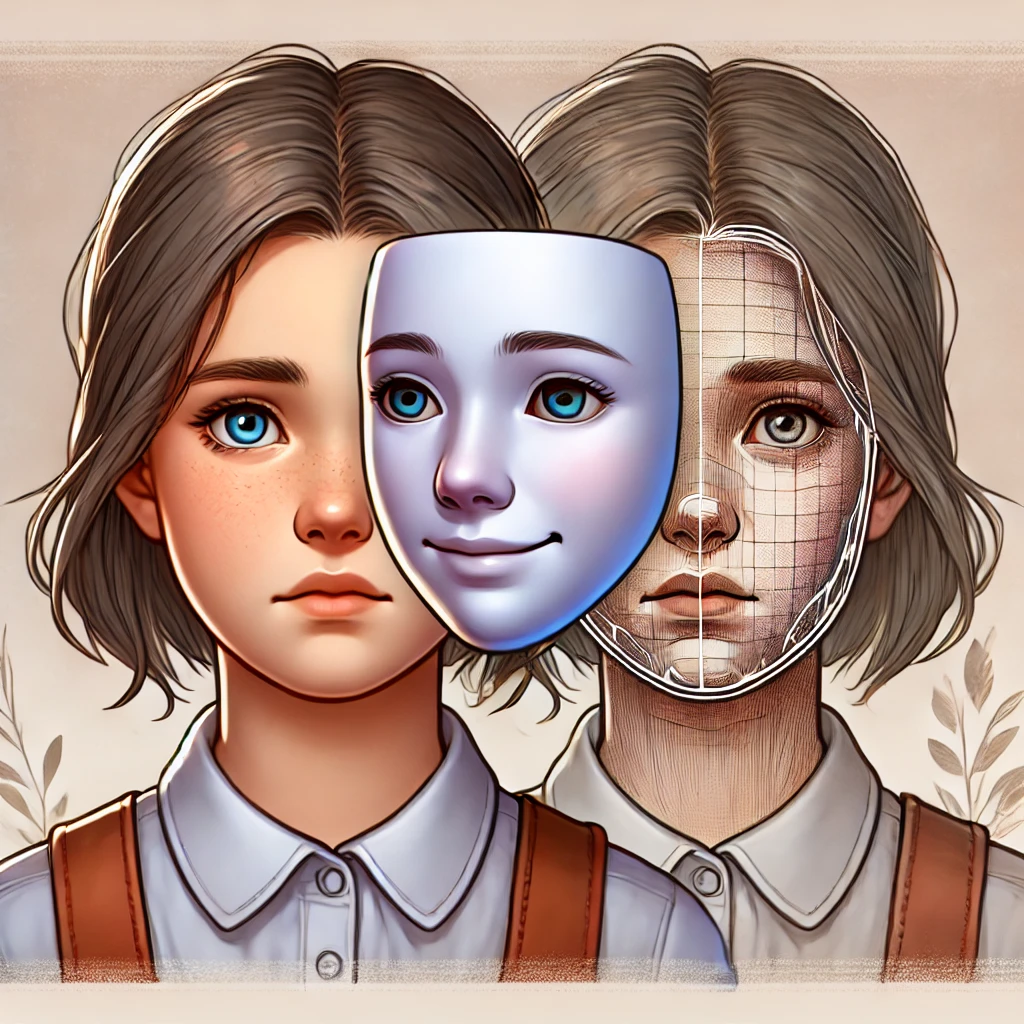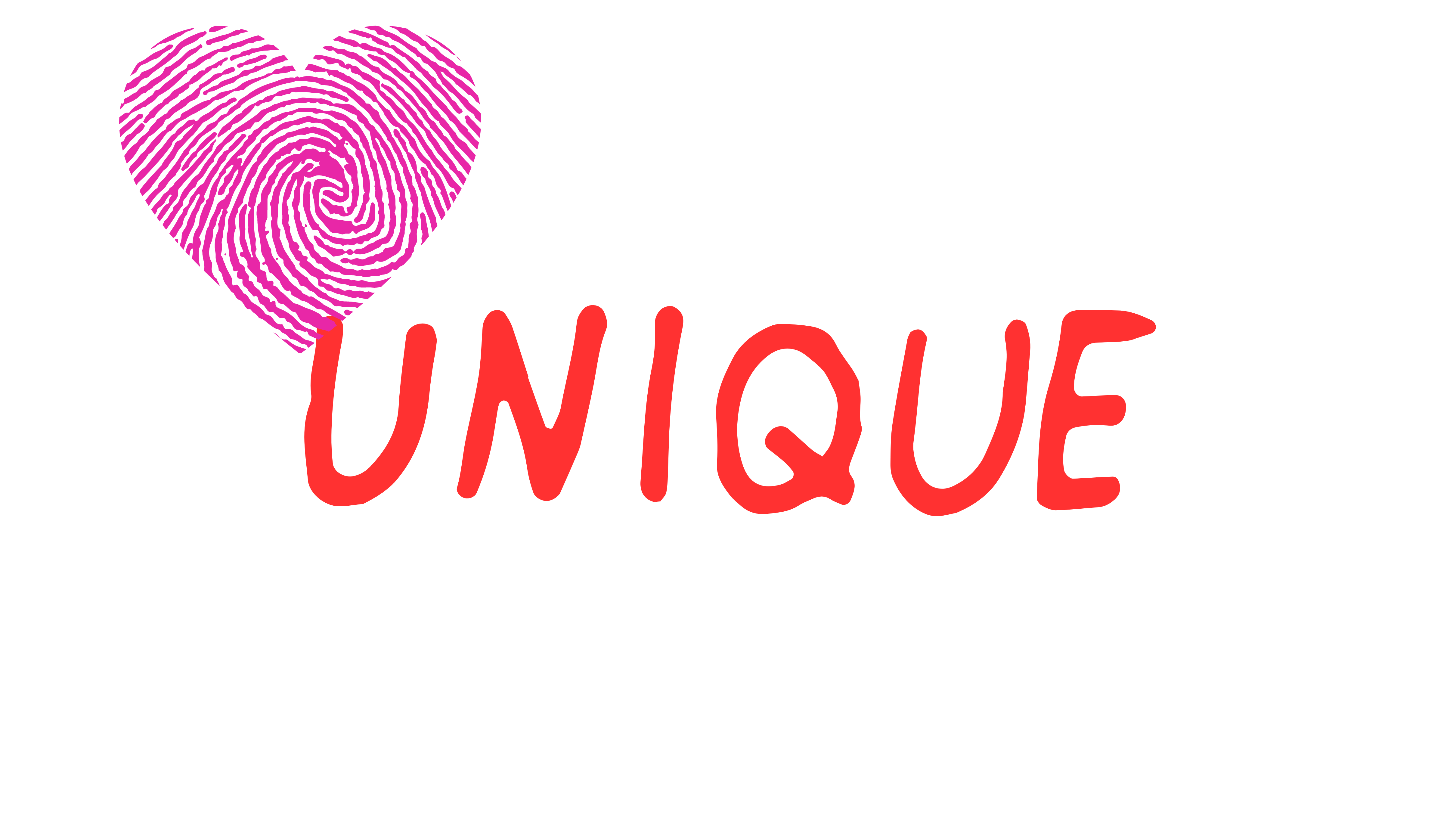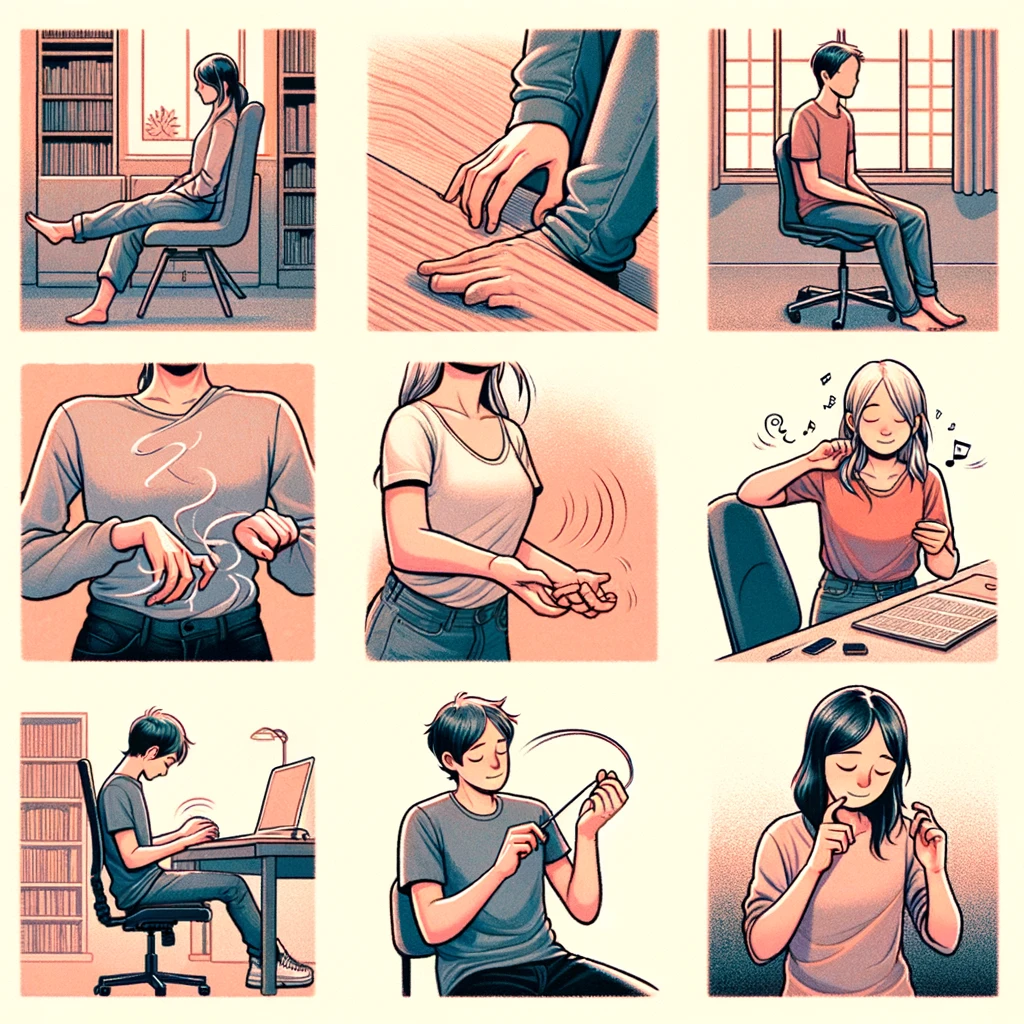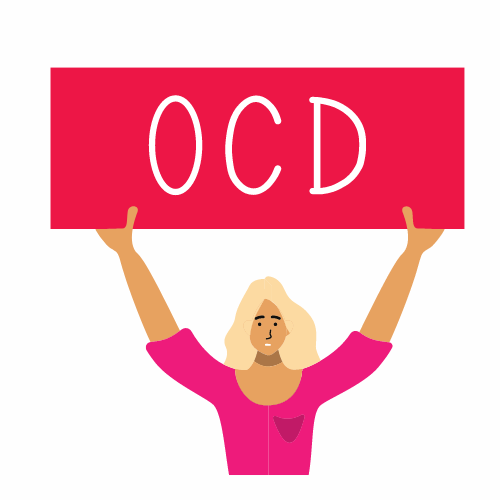
ADHD Masking In Women
Living with ADHD: Navigating a World That Doesn’t Always Understand
By Kristen McClure, MSW LCSW | August 10, 2024 #masking #ADHD #authenticity
Introduction: When the World Doesn’t Fit Your Brain
Living with ADHD can feel like trying to fit into a world that wasn’t designed for you. Maybe you spend your days working twice as hard to keep up, or hiding parts of yourself to avoid judgment.
This is where masking comes in. ADHD masking is a way to blend in and avoid standing out. While it might help you feel safer in the short term, masking often comes at a cost, leaving you feeling drained, unseen, and disconnected.
Let’s explore what masking looks like, why so many women feel the need to do it, and how you can start embracing your authentic self.
What is ADHD Masking?
ADHD masking is the act of hiding or downplaying traits like forgetfulness, impulsivity, or fidgeting to fit into societal expectations. It often feels automatic, but it can also be a deliberate way to avoid judgment.
Common Signs of ADHD Masking
- Concealing Symptoms
- Suppressing the urge to fidget, tapping your foot under the table instead.
- Excusing yourself to the restroom to release energy in private.
- Over-Compensating
- Spending hours triple-checking your work to avoid mistakes.
- Hyper-focusing on being “organized” to hide struggles with executive function.
- Mirroring Others
- Copying behaviors, speech patterns, or habits of neurotypical peers to blend in.
- Suppressing Impulses
- Holding back spontaneous thoughts, worried they’ll seem inappropriate.
FAQ: Is ADHD Masking Harmful?
Yes, masking can be emotionally exhausting and lead to burnout, anxiety, and even depression over time.
For more about how ADHD masking compares to autism masking, check out ADHD vs. Autistic Masking in Women.
Why ADHD Girls Mask More Intensely
While masking isn’t exclusive to women, societal pressures often push girls to start masking earlier and more intensely.
Key Pressures Women Face
- Societal Expectations
- Girls are expected to be calm, attentive, and organized—qualities that can be incredibly challenging for those with ADHD.
- Fear of Judgment
- Many women worry about being labeled as “lazy” or “scatterbrained,” so they hide behaviors that might draw criticism.
- Desire for Social Acceptance
- Adolescence amplifies the pressure to fit in, making masking feel like a survival skill.
- Academic Pressure
- In rigid academic settings, girls with ADHD often feel the need to over-perform to meet expectations.
The Emotional Toll of ADHD Masking
While masking might protect you from judgment, it can also take a significant toll. Over time, constantly hiding your true self can lead to:
- Burnout
- The mental and emotional exhaustion from maintaining a mask.
- Shame and Imposter Syndrome
- Success may feel like it’s only due to the mask, not your abilities.
- Difficulty Building Authentic Relationships
- It’s hard to connect with others when they only see the “polished” version of you.
- Anxiety and Depression
- The pressure to conform can lead to chronic stress and mental health struggles.
- Identity Loss
- You might feel disconnected from who you are underneath the mask.
Reflection Exercise: Are You Masking?
Take a moment to consider:
- Are there environments where you feel you have to mask more than others?
- How does masking affect your relationships?
- What would it feel like to lower the mask in a safe space?
How to Start Unmasking
Unmasking is a process, and it starts with small steps.
1. Build Self-Awareness
- Pay attention to situations where you feel the urge to mask. What triggers this behavior?
2. Embrace Your Neurodiversity
- ADHD isn’t a flaw—it’s simply a different way of thinking. Celebrate what makes you unique.
3. Create Safe Spaces
- Seek out environments where you feel accepted. This could be therapy, a support group, or even a close friend who “gets it.”
4. Set Boundaries
- Prioritize your mental health by learning to say no. Your well-being matters more than meeting others’ expectations.
5. Practice Self-Compassion
- Masking was a survival skill, not a failure. Be kind to yourself as you begin to unmask.
6. Try Journaling
- Write about moments when you felt the need to mask. Reflect on what it would feel like to let that behavior go.
Helpful Resources
Here are some tools and communities that can help:
- ADHD Support Groups: Online spaces like forums and social media communities for ADHD women.
- Books: “Women with ADHD” by Sari Solden.
Conclusion: Embracing Your True Self
ADHD masking might feel like a necessary survival tool, but it shouldn’t come at the cost of your well-being. You deserve to feel seen and supported—not just for your polished, masked self, but for who you truly are underneath.
Unmasking isn’t about abandoning strategies that help you thrive; it’s about permitting yourself to live authentically. Take small steps, seek validation where you can, and remember: you’re enough, exactly as you are.
Next Steps Want to dive deeper into the challenges of high masking? Check out our blog: Unveiling the Invisible: Recognizing ADHD in High-Masking ADHD Women.







